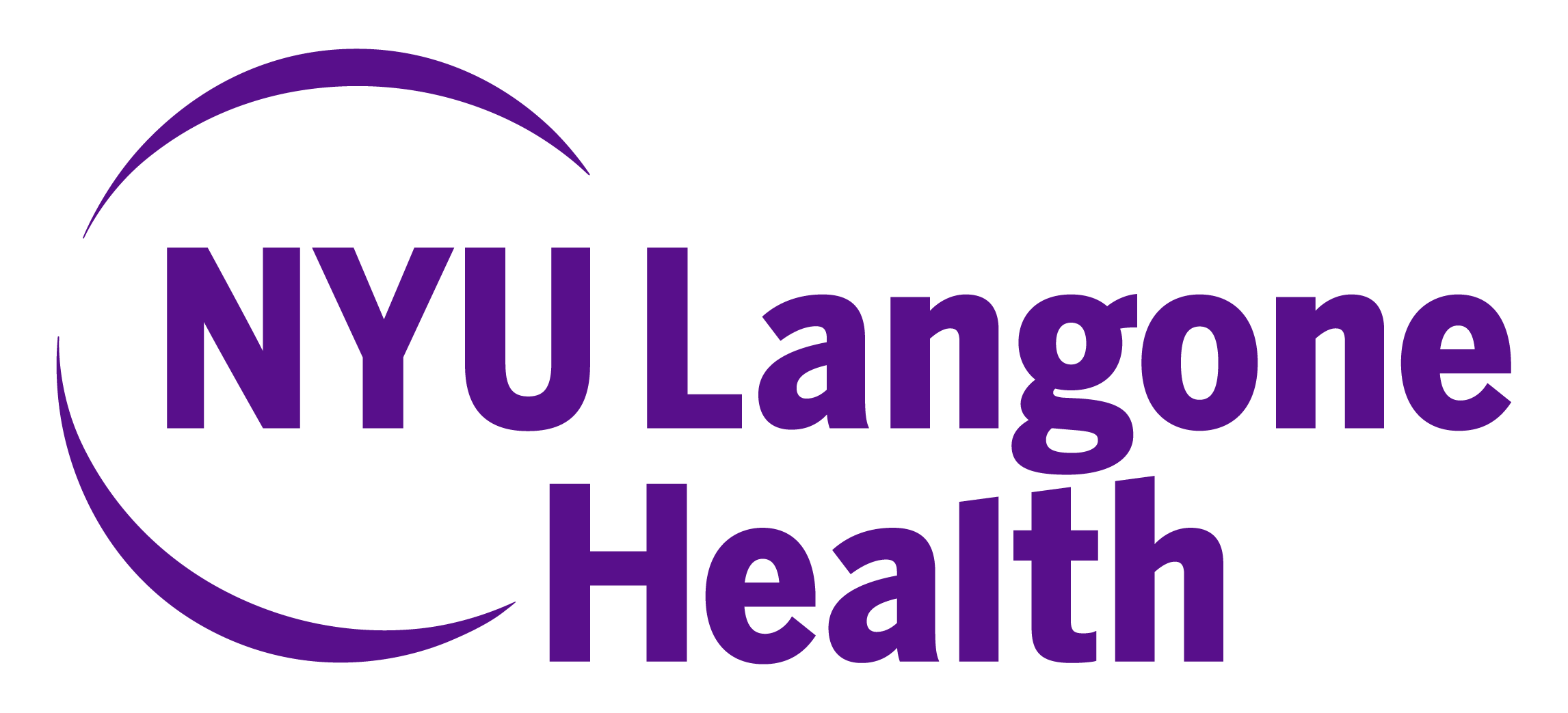- Advertise
- About OncLive
- Editorial Board
- MJH Life Sciences brands
- Contact Us
- Privacy
- Terms & Conditions
- Do Not Sell My Information
2 Clarke Drive
Suite 100
Cranbury, NJ 08512
© 2025 MJH Life Sciences™ and OncLive - Clinical Oncology News, Cancer Expert Insights. All rights reserved.
Dr Braunstein on Stem Cell Transplant Eligibility Criteria in Multiple Myeloma
Marc J. Braunstein, MD, PhD, discusses the evolution of stem cell transplant eligibility criteria in patients with multiple myeloma and highlights unanswered questions about the role of autologous stem cell transplantation following quadruplet induction regimens in this population.
Marc J. Braunstein, MD, PhD, associate professor, Department of Medicine, course codirector, Hematology-Oncology System; New York University (NYU) Long Island School of Medicine; fellowship program director, Hem/Onc, NYU Langone Health – Long Island, discusses the evolution of stem cell transplant eligibility criteria in patients with multiple myeloma and highlights unanswered questions about the role of autologous stem cell transplantation (ASCT) following quadruplet induction regimens in this population.
Determining patient eligibility for stem cell transplantation can be difficult, particularly for many medical oncologists who are not directly involved in the transplantation process, Braunstein says. Historically, age has served as a prominent eligibility factor, and several studies that investigated stem cell transplantation in patients with multiple myeloma did not enroll patients older than 65 years of age, Braunstein explains. However, contemporary insights have dispelled the hypothesis that age singularly dictates transplant eligibility for patients with multiple myeloma, Braunstein emphasizes. Clinical advances had revealed the feasibility of administering stem cell transplantation to patients older than 65 years of age, and transplant eligibility now hinges on patient factors beyond age, such as performance status, concurrent medical decisions, and overall frailty. Additionally, comorbidity indexes should be calculated for all patients receiving stem cell transplantation, and these data could help guide its implementation, according to Braunstein.
ASCT retains its significance in the multiple myeloma treatment paradigm, particularly for patients with high-risk disease, Braunstein says. Although many patients with high-risk multiple myeloma receive quadruplet induction regimens, the absence of randomized data in this context necessitates further exploration into whether patients undergoing quadruplet therapy require subsequent stem cell transplantation, Braunstein explains. Most randomized stem cell transplantation trials have focused on patients who had received triplet induction regimens, and future research should elucidate whether a quadruplet induction regimen could preclude the imperative for stem cell transplant, Braunstein concludes.


